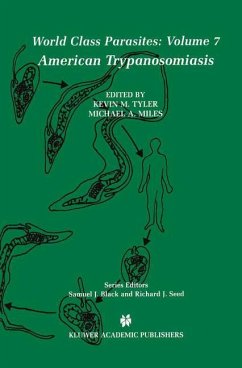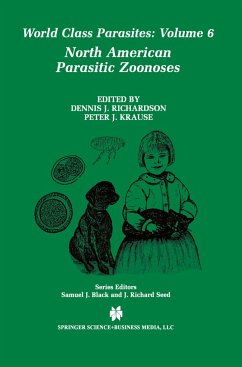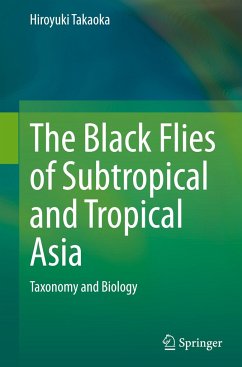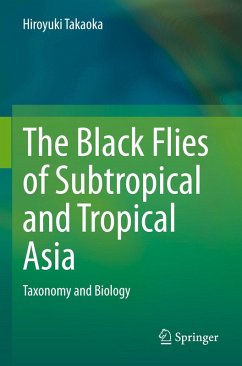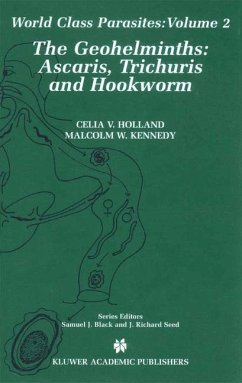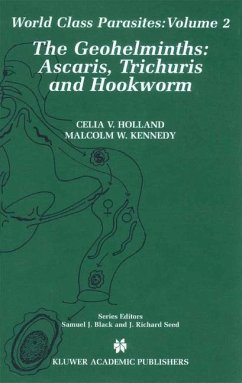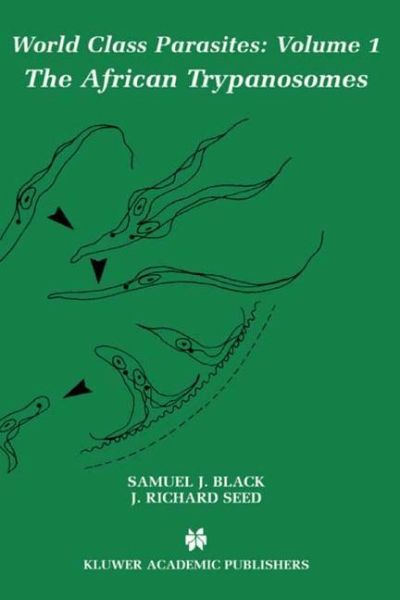
The African Trypanosomes

PAYBACK Punkte
58 °P sammeln!
African trypanosomes are tsetse-transmitted protozoa that inhabit the extracellular compartment of host blood. They cause fatal sleeping sickness in people, and Nagana, a wasting and generally fatal disease, in cattle. While trypanosomes are most common to Africa (about 30% of Africa's cattle graze on the fringe of the tsetse habitat), some species have spread beyond its boarders to Asia, the Middle East and South America. The African Trypanosomes, volume one of World Class Parasites, is written for researchers, students and scholars who enjoy reading research that has a major impact on human...
African trypanosomes are tsetse-transmitted protozoa that inhabit the extracellular compartment of host blood. They cause fatal sleeping sickness in people, and Nagana, a wasting and generally fatal disease, in cattle. While trypanosomes are most common to Africa (about 30% of Africa's cattle graze on the fringe of the tsetse habitat), some species have spread beyond its boarders to Asia, the Middle East and South America.
The African Trypanosomes, volume one of World Class Parasites, is written for researchers, students and scholars who enjoy reading research that has a major impact on human health, or agricultural productivity, and against which we have no satisfactory defense. It is intended to supplement more formal texts that cover taxonomy, life cycles, morphology, vector distribution, symptoms and treatment. It integrates vector, pathogen and host biology and celebrates the diversity of approach that comprises modern parasitological research.
The African Trypanosomes, volume one of World Class Parasites, is written for researchers, students and scholars who enjoy reading research that has a major impact on human health, or agricultural productivity, and against which we have no satisfactory defense. It is intended to supplement more formal texts that cover taxonomy, life cycles, morphology, vector distribution, symptoms and treatment. It integrates vector, pathogen and host biology and celebrates the diversity of approach that comprises modern parasitological research.





